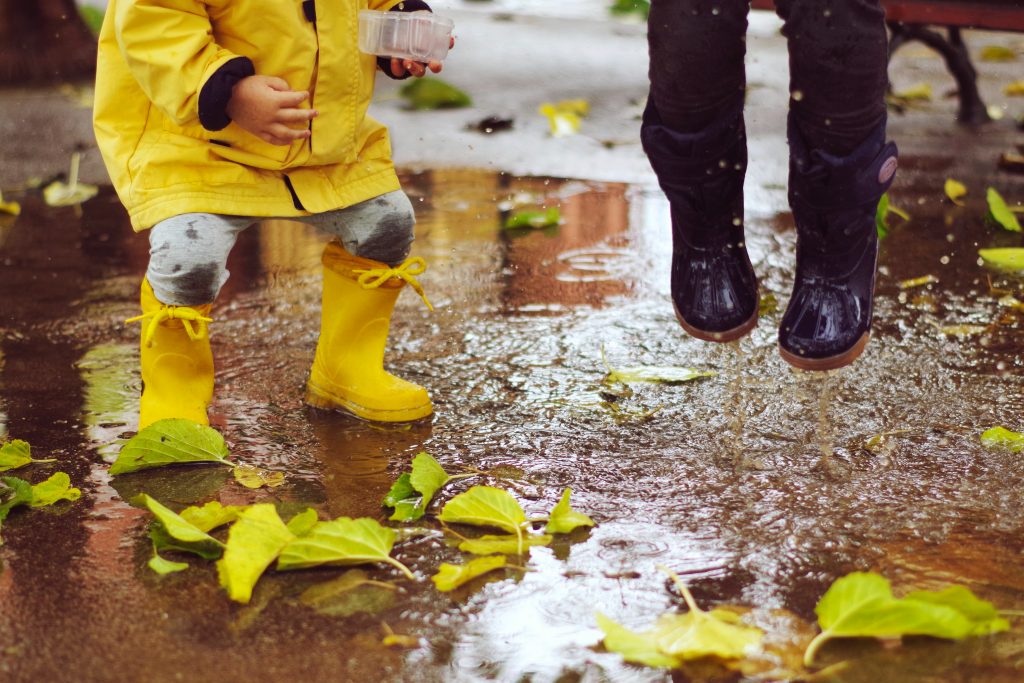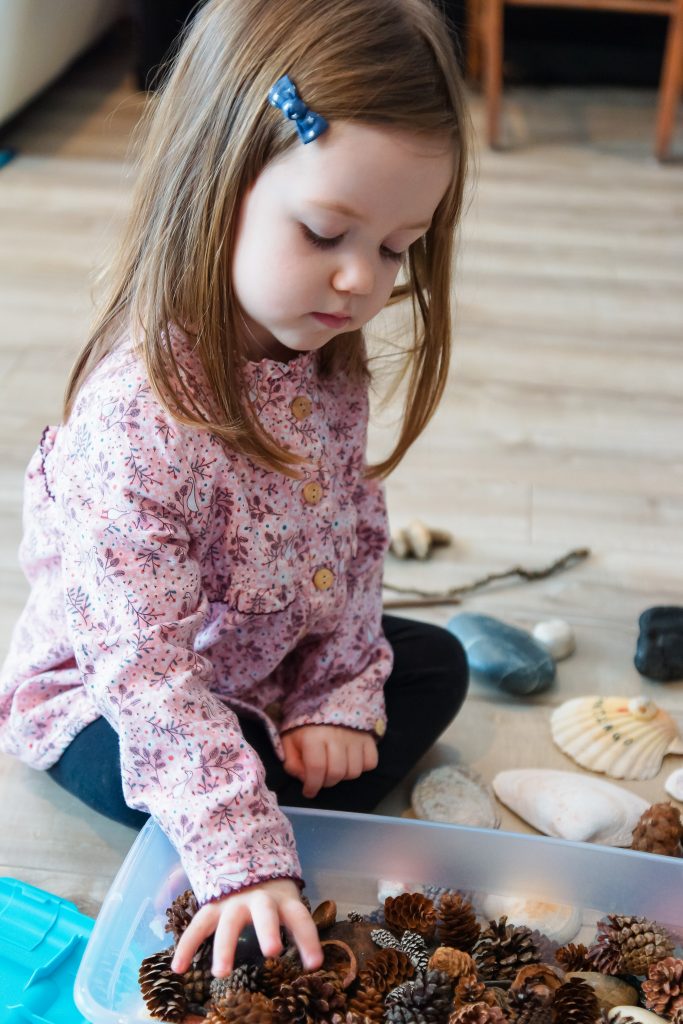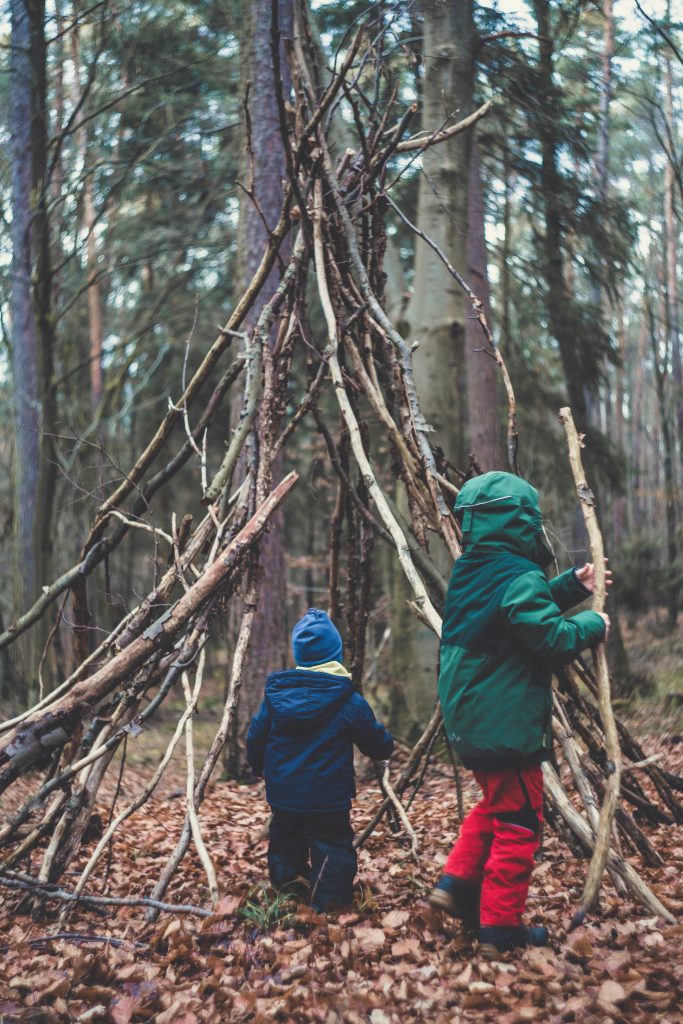
I’ve been thinking a lot about loose parts play. For many different reasons. Over the next few months I’ll be sharing more about loose parts play from various different perspectives.
Play and exploration is perhaps one of the most magical parts of childhood. Play provides the opportunity for children to expand both their imagination and creativity. It opens the door to new possibilities and enables them to attempt things in endless ways. There’s a sentence in A Pedagogy of Play by David S Ramsey that stands out to me. It goes like this:
“Play is optimism, the generative space and time that sustains all that is most positive in the world.”
David received a Ph.D. in Educational Studies from Lesley University in 2016, where his dissertation research examined “the impact of play with loose parts materials on children’s language usage at school recess.” I love David’s thinking on play because it really speaks to the heart of what I believe imagination and creativity is truly all about.
The concept of “generative space and time” is just so beautiful when you think about it. In our busy, crazy world play provides something that only it can truly deliver.

True magic shows up in the moments that a child is deeply immersed in the act and experience of play itself.

That’s when things are really happening. Important connections in the brain are being made. Children’s play quite simply leads to children’s learning.
It’s in moments such as these that early childhood educators understand that important things are happening in the areas of imagination, creativity, risk taking, language development, problem solving and so much. Child development is quite literally unfolding before our eyes. For myself, as an educator of 30+ years it’s not something that I take for granted—it’s a kind of unique beauty and magic all mixed together. And it’s why I do the training and mentoring work that I do with the early childhood educators of today. Out of complete awe for the brilliance that is child development as well as pure respect for the uniqueness of each and every child.
Perhaps this is the “generative space and time that sustains all that is positive in the world” that David is writing about.
Looking at the Work of Simon Nicholson & The Theory of Loose Parts
In 1971, British architect Simon Nicholson published How NOT to Cheat Children The Theory of Loose Parts in a publication called Landscape Architecture. Nicholson had moved to the United States in 1964 to teach, first at a college in Philadelphia and then later moved on to the University of Berkeley in California. In the article he explained The Theory of Loose Parts as follows:
“In any environment, both the degree of inventiveness and creativity, and the possibility of discovery, are directly proportional to the number and kind of variables in it.”
Nicholson explained that there was evidence that “all children love to interact with variables…” He provided a range of examples of what those variables might include. They were listed as things such as:
Materials and shapes
Smells and other physical phenomena, for example electricity, magnetism and gravity
Gases and fluids
Sounds, music and motion
Chemical interactions, cooking and fire
Animals, plants, words, concepts and ideas.
These were the variables that Nicholson considered to be loose parts. His work was ultimately very influential to playwork, which is the work of creating and maintaining spaces for children to play.
He used the article as a way speak out for what he perceived to be a sort of injustice toward children (as well as adults and community:)
“What has happened is that adults in the form of professional artists, architects, landscape architects and planners have had all the fun playing with their own materials, concepts and planning-alternatives, and then builders have had all the fun building the environments out of real materials; and thus has all the fun and creativity been stolen: children and adults and the community have been grossly cheated and the educational-cultural system makes sure that they hold the belief that this is right.”
Wow—what leadership and advocacy on behalf of all who play—especially young children! It’s not surprising that we are still talking and writing about his work all these years later. Or that the idea of loose parts has grown and evolved to become a significant part of early learning, child care programs, schools and play spaces for children all around the world.
In the coming months I will be writing more about the Theory of Loose Parts, how it is applied in early learning and child care settings and some of the different research related to the use of loose parts.
Leave a Reply